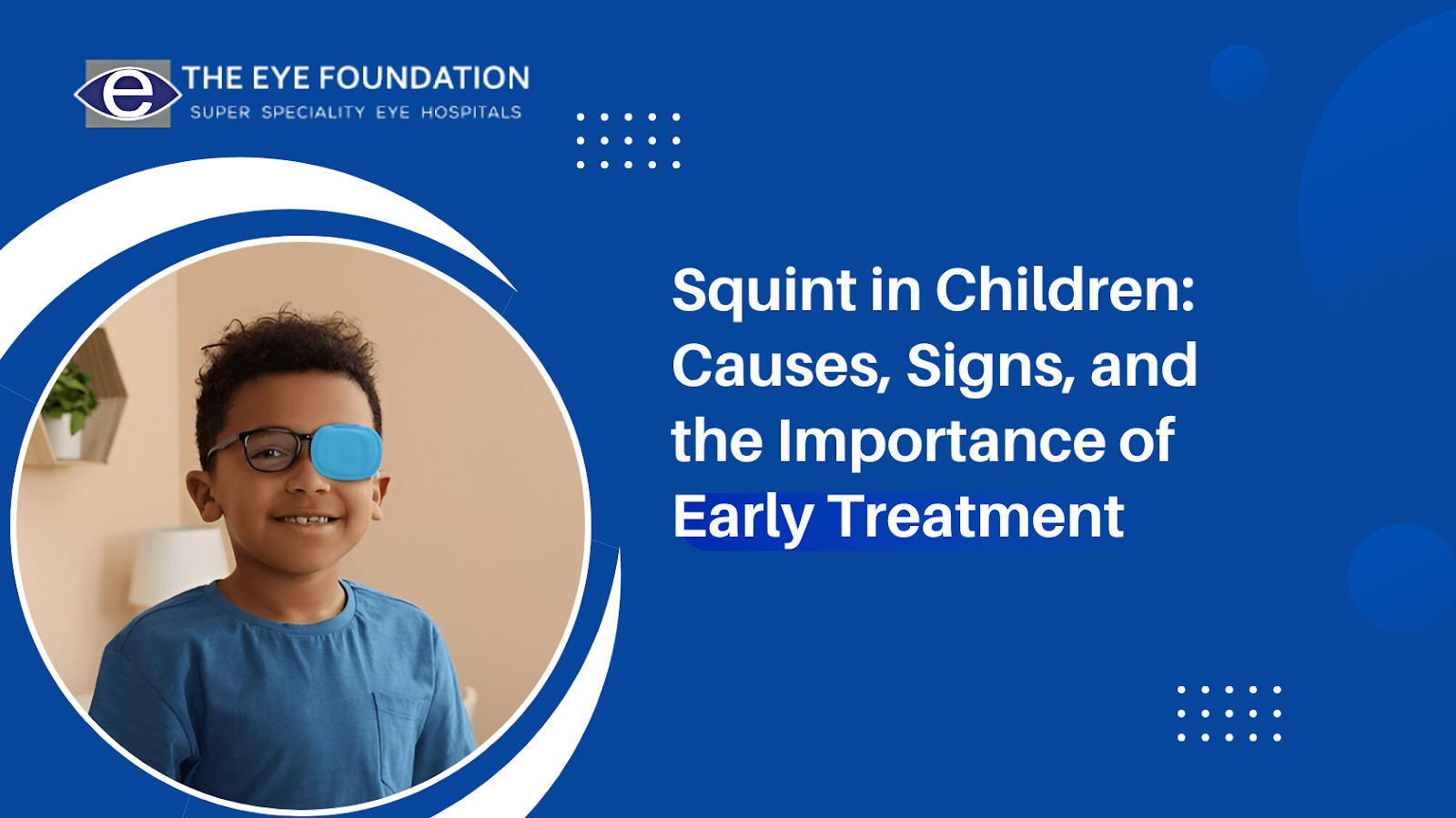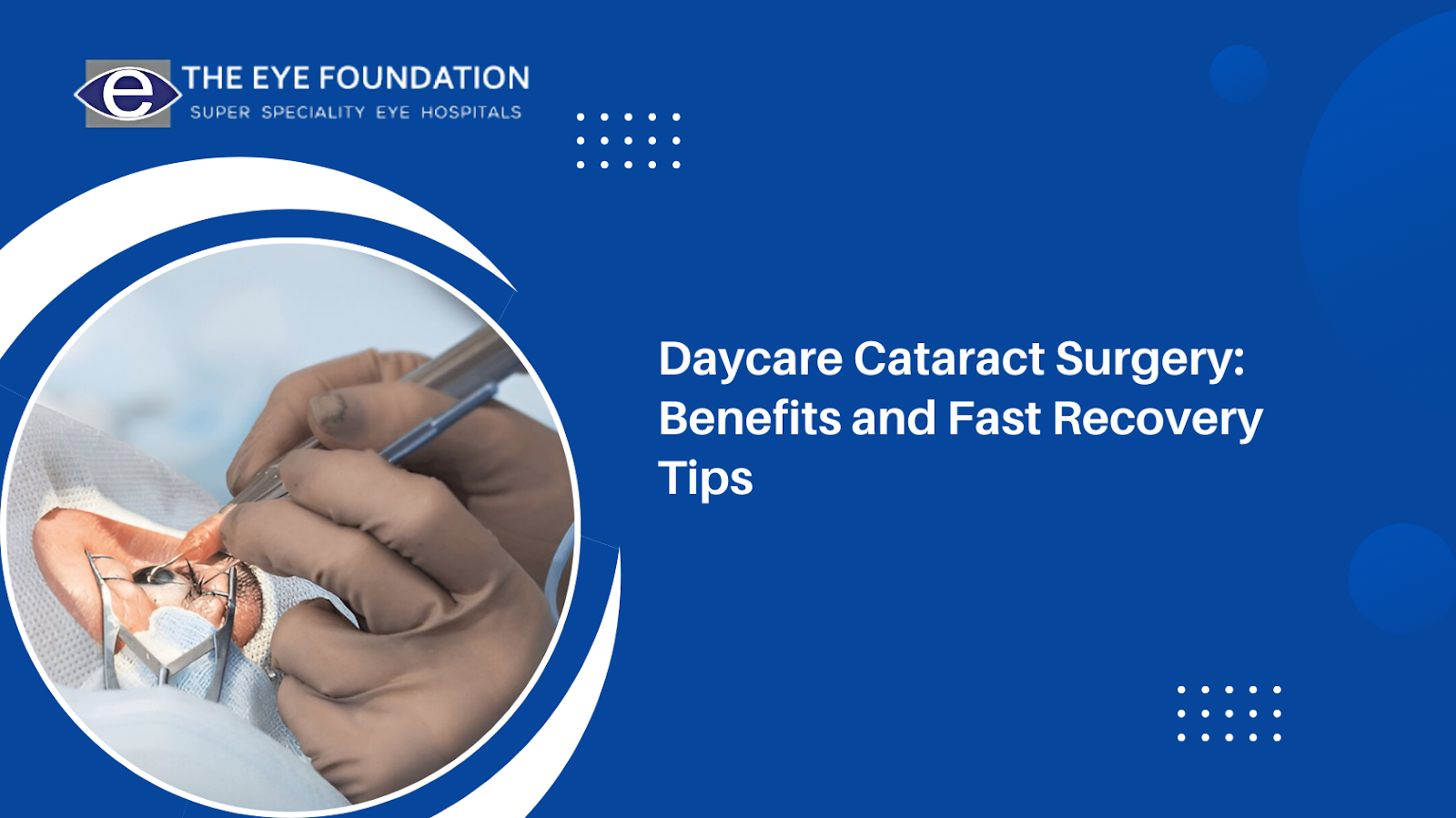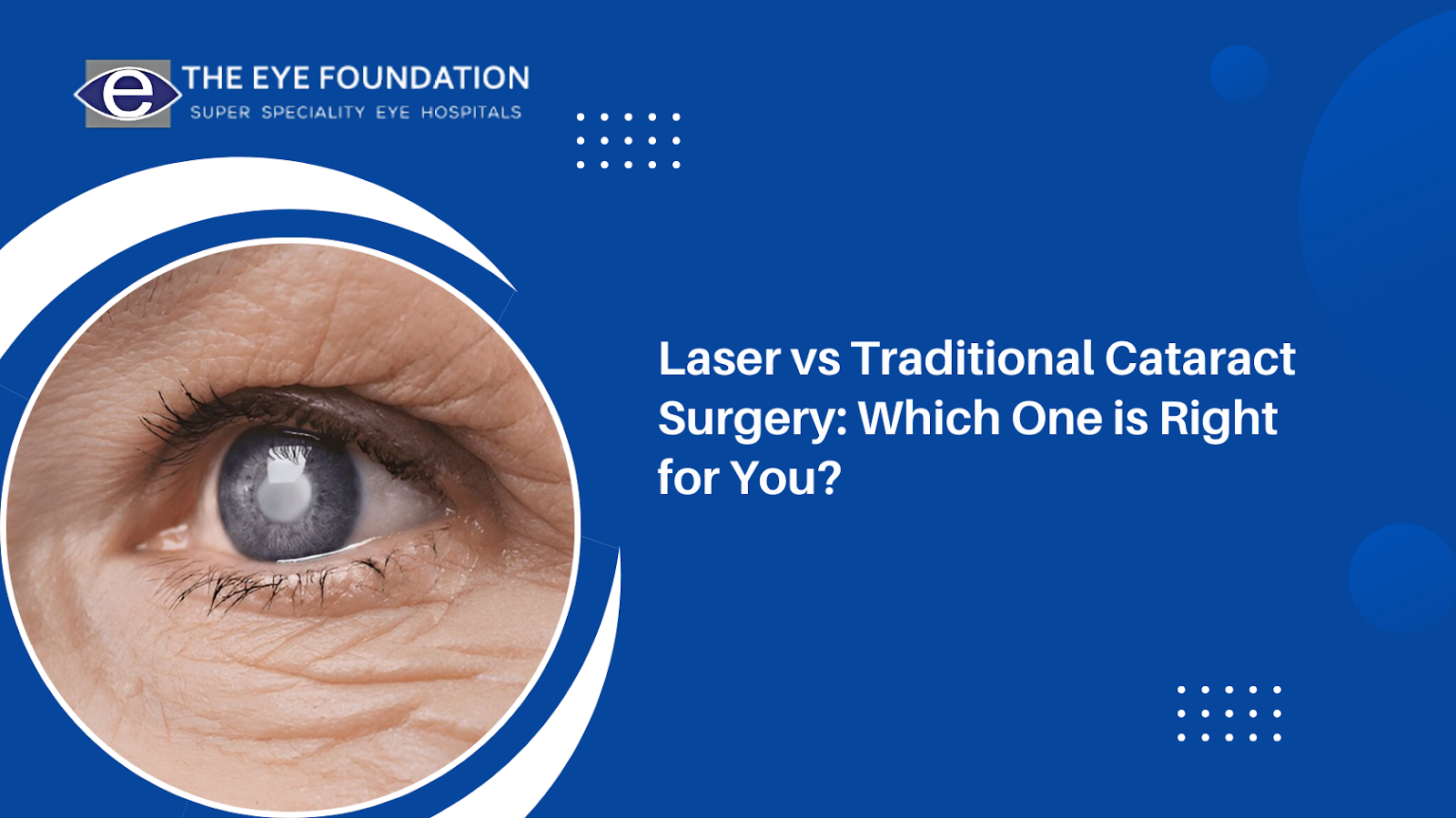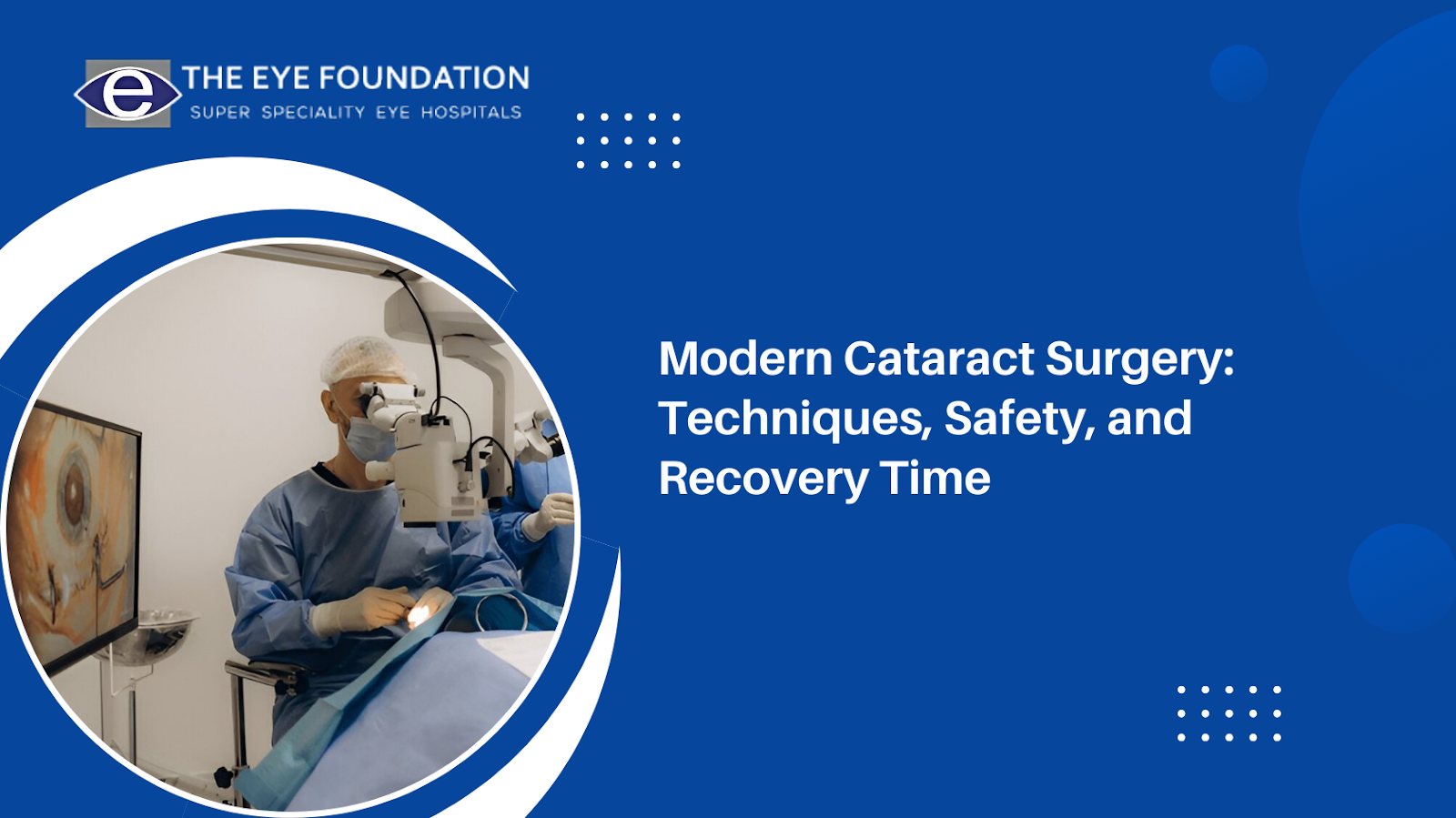Vision is a child's link to the world around them. When this link is broken or mismatched it can impact their development, learning and self-esteem in a negative way. One of the concerns of eye mismatch is the squint or strabismus (the medical name for squint), which is more common than many parents identify.
Squinting often observed at a very young age can be successfully treated if correction takes place at an early time, but it must be addressed: if left unattended squinting can lead to or worsen visual problems such as amblyopia (lazy eye) and depth perception.
Let us discuss the origins, mark them out and relate to this condition why it is essential that treatment happens early for children with squint.
What Is a Squint?
The squint defines a condition where both eyes do not align. One eye can be looking ahead, but the other eye can turn in, outwards, or even upwards or downwards... This will not permit the brain to properly combine the two images, which leads to visual confusion, discomfort or potential suppression of the weaker eye in the brain.
Most Common Causes of Squint of a child.
There are many reasons why squints can happen in children, with some being born with, developed as illness or due to visual health related issues.
Main causes include:
- Congenital factors: Some children are born with weak eye muscles or a family history of squint.
- Uncorrected refractive errors: High levels of farsightedness (hypermetropia) can cause the eyes to turn inward to focus.
- Neurological conditions: Brain development disorders or trauma can affect eye coordination.
- Vision loss in one eye: The brain might stop using one eye, leading it to drift.
- Illness or fatigue: Sometimes squints become more apparent when a child is tired or unwell.
Signs and Symptoms to Watch For
Early detection is key. Parents, teachers, and caregivers should be observant of any signs of misalignment or visual struggle. Symptoms of squint in children may not always be obvious at first, so keep an eye out for the following:
- One eye that appears to drift in a different direction
- Tilting the head or turning it to one side frequently
- Frequent squinting or closing one eye, especially in bright sunlight
- Complaints of double vision or eye strain
- Poor depth perception or bumping into objects
- Eyes that don’t seem to move together
If any of these signs are observed, an immediate eye examination is recommended.
Why Early Diagnosis Is Crucial
The visual system of a child develops rapidly in the first 7–8 years of life. If squint in children is not corrected during this crucial period, it may lead to permanent vision loss in the weaker eye, a condition known as amblyopia.
Early diagnosis not only prevents visual impairment but also helps in:
- Restoring proper eye alignment
- Improving binocular vision (using both eyes together)
- Boosting self-esteem and social interaction
- Reducing the need for complex surgeries later in life
Available Treatment Options
The good news is that squint in children is treatable in most cases. The treatment plan depends on the type, cause, and severity of the condition.
Here are the common options:
- Glasses: Correcting refractive errors with prescription glasses can realign the eyes in many children.
- Patching therapy: Covering the stronger eye helps improve vision in the weaker eye (used for amblyopia).
- Eye exercises: Orthoptic exercises help strengthen coordination between the eyes.
- Medicated eye drops: Used in specific types of squint to blur vision in one eye and force the use of the other.
- Surgery: In cases where other treatments are ineffective, surgical correction of eye muscles may be necessary.
Tips for Parents: How to Support Your Child
Being proactive and emotionally supportive makes a big difference in the treatment process. Here's how parents can help:
- Schedule regular eye checkups starting at 6 months of age
- Observe your child’s eye behavior during play, reading, or watching screens
- Encourage compliance with glasses and patching therapy
- Educate your child to reduce self-consciousness or teasing from peers
- Stay consistent with follow-up appointments and progress monitoring
Don’t Wait Act Early
The sooner squint and eye problems are identified and treated in children, the better are the chances of complete visual restoration. Failure to act on squint at the right stage can lead to a lifetime of irreversible vision problems and social difficulties.
Squint is more than just a cosmetic issue; it impacts how your child interprets the world. Our best advice to you is that if you suspect that your child has any signs of their eyes crossing or not appearing to align with each other, don't wait for it to "get better with age". Most cases of squint really need professional treatment.
Book Your Appointment at The Eye Foundation
At The Eye Foundation we provide a comprehensive eye-care service for children specifically considering the developmental needs of growing children. We have all of the latest technology and can develop a specialized treatment plan to ensure that every child in our care has the opportunity to have a clear, confident vision.
Book your appointment with us today and provide your child with the visual care they deserve - as early intervention can make a lifetime of difference.






